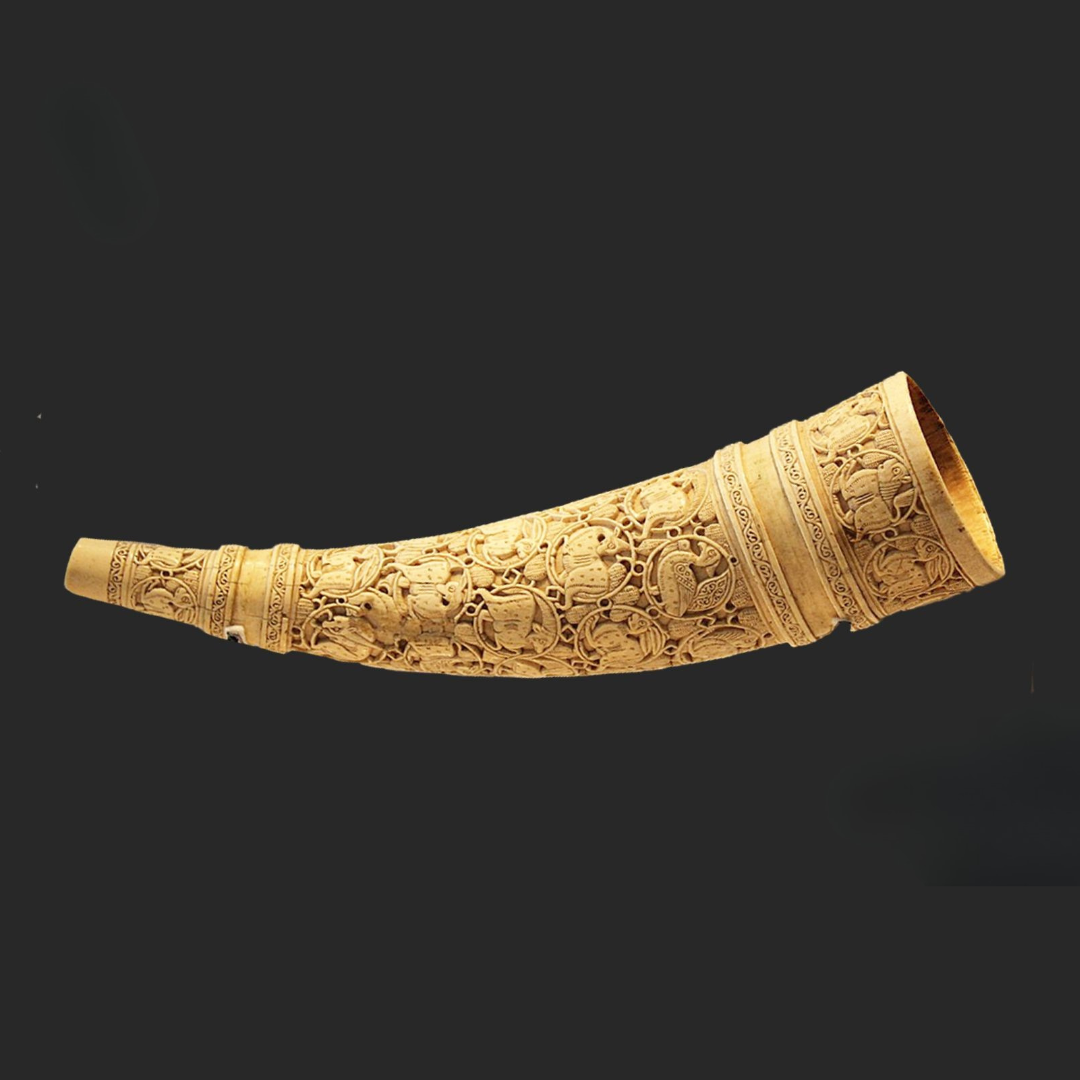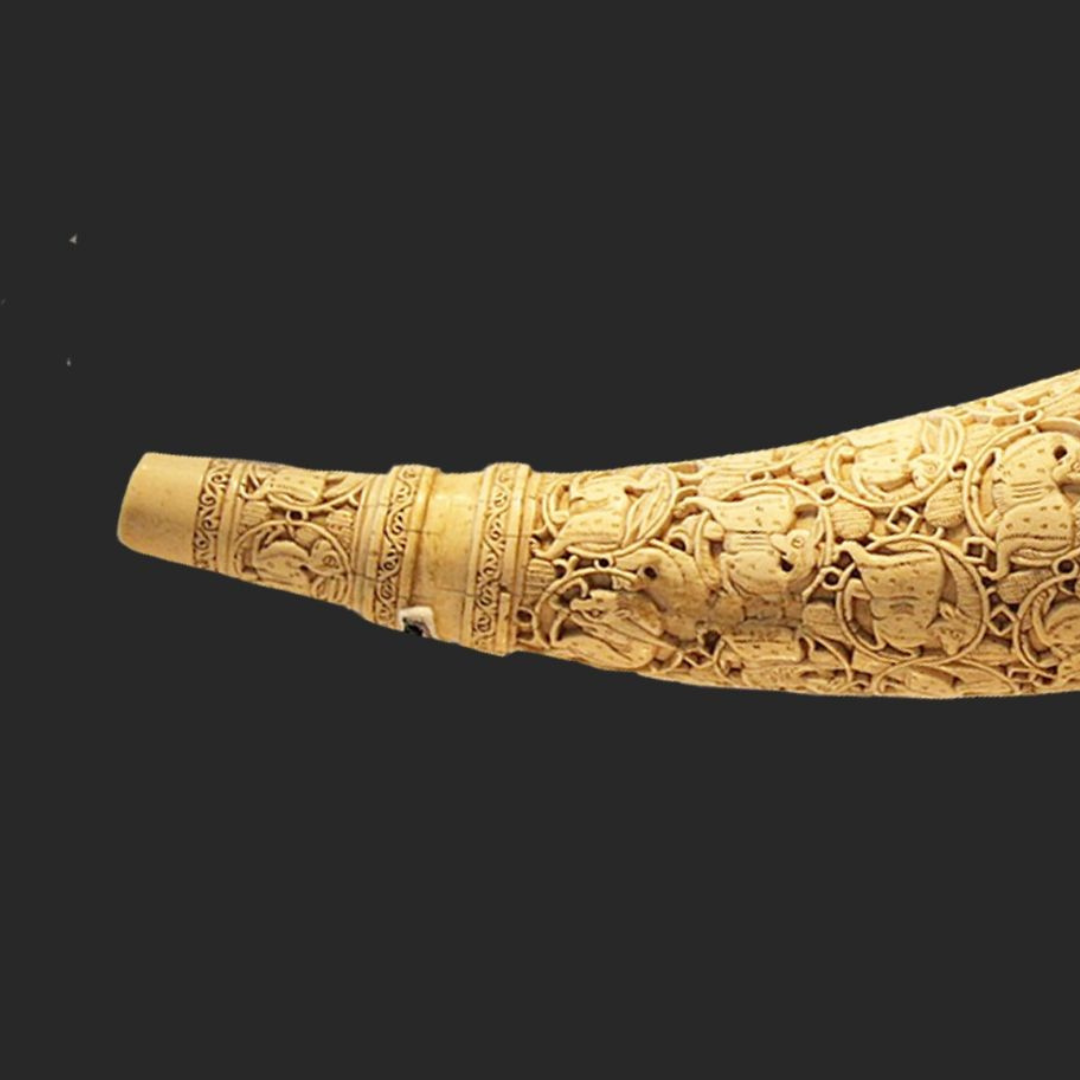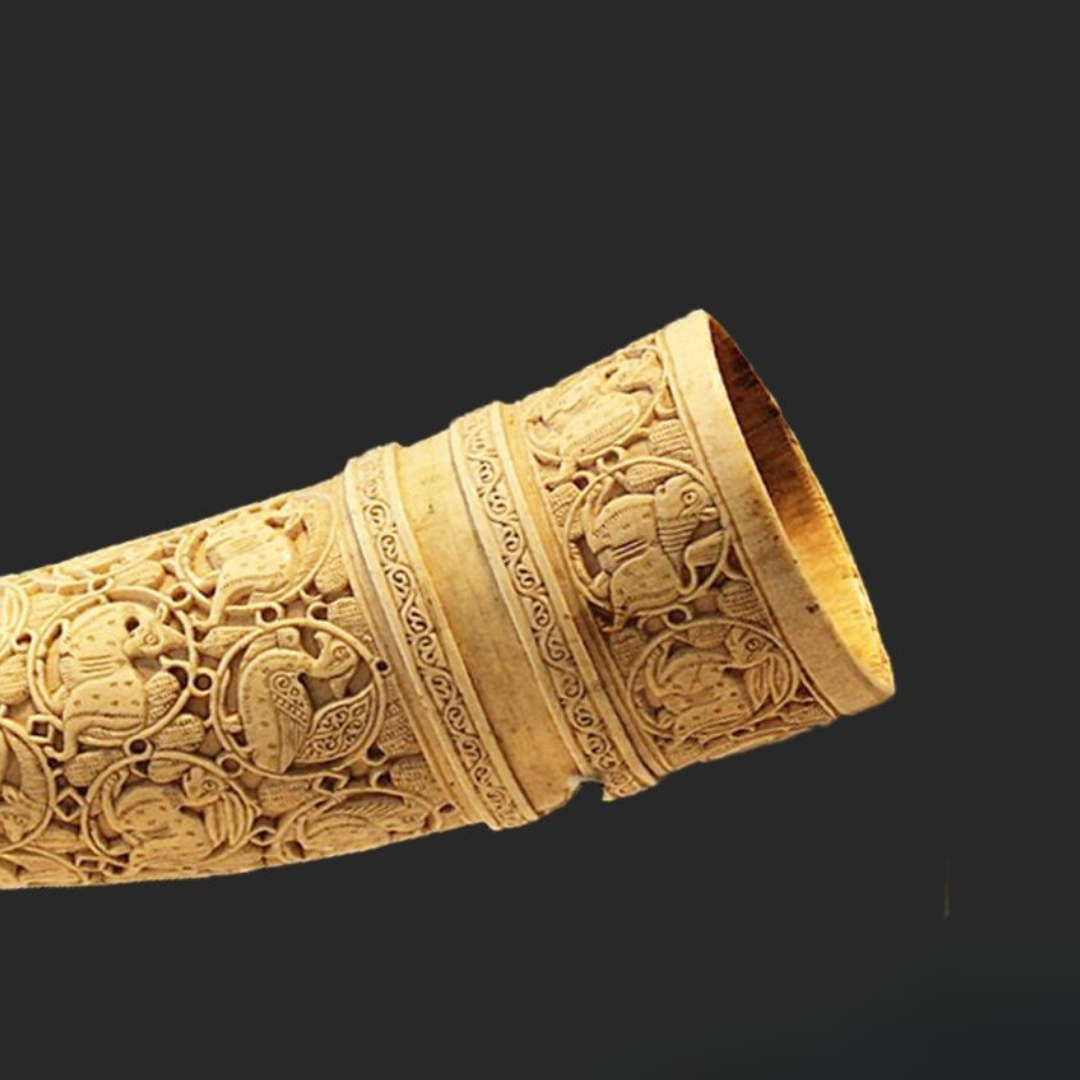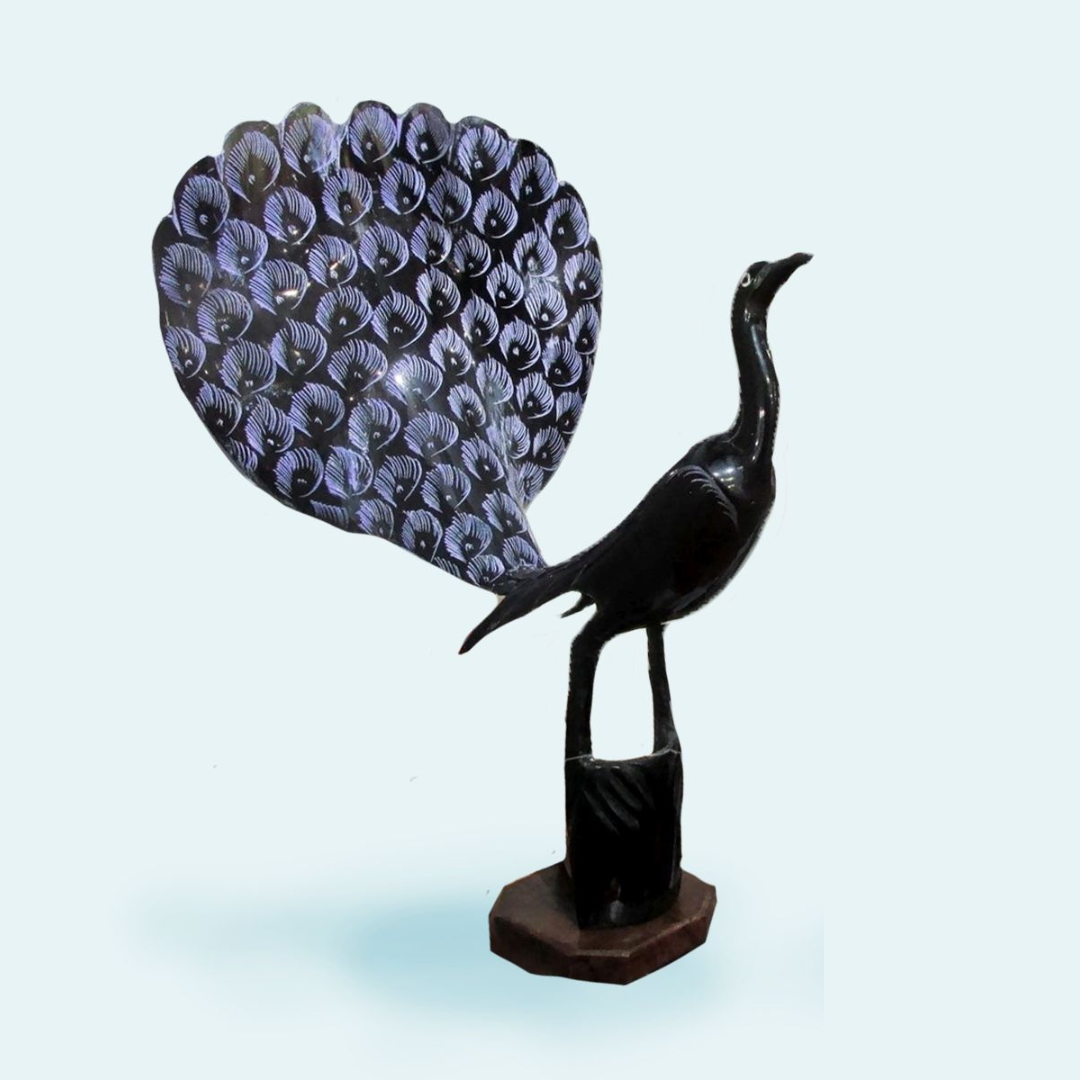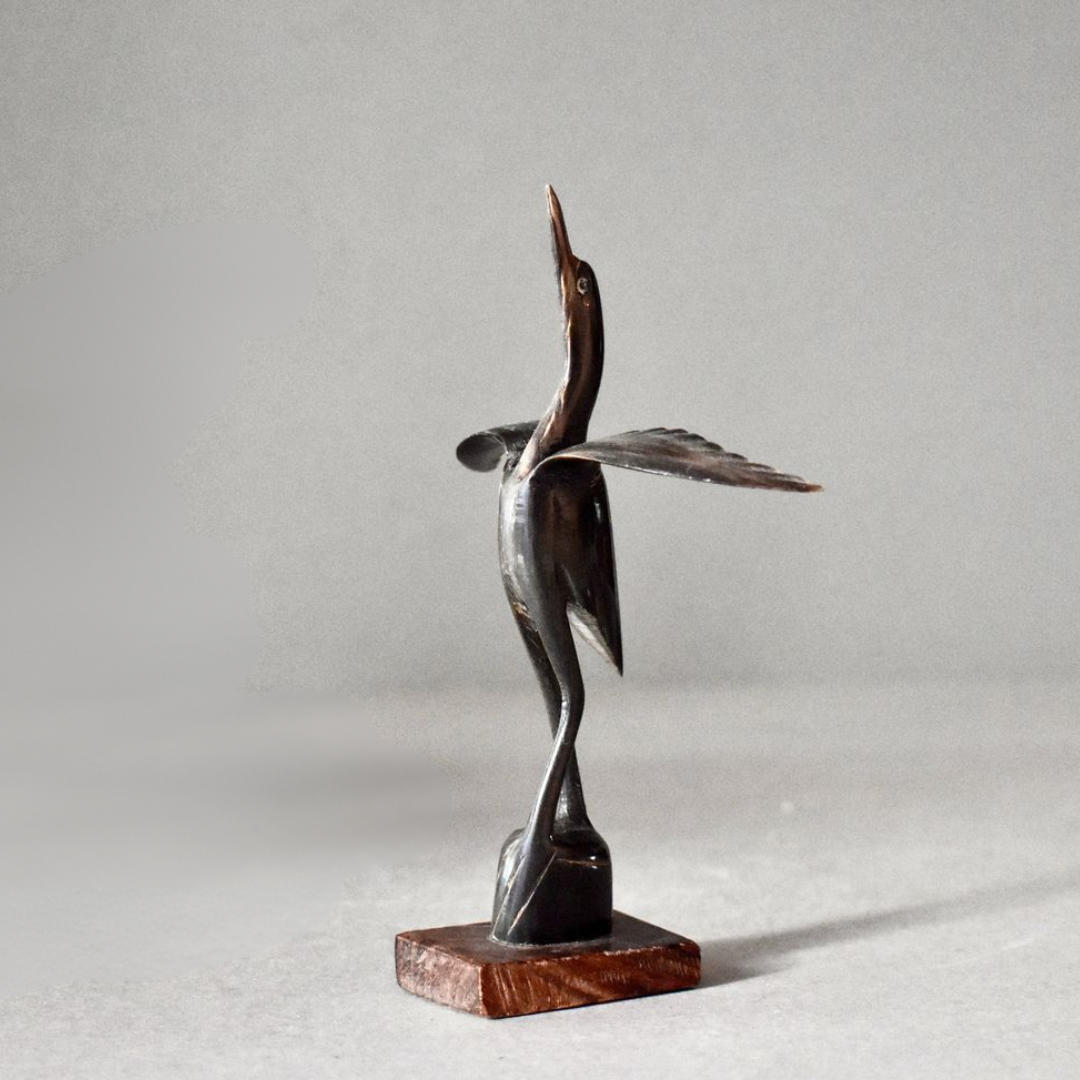
Map Loading...
Horn carving
Kerela
Horn carving, a traditional Indian craft, stands out in districts such as Thiruvananthapuram, Thrissur, Kasaragod, Ernakulam, and Kochi. Here, skilled craftspeople, primarily from the Vishwakarma community, reshape locally sourced buffalo, bullock, or goat horns into decorative birds, animal miniatures, combs, buttons, and utility items. This ancient practice thrives due to both the region’s abundant livestock and the generations of expertise held by local makers.
Horn carving in Kerala traces its history back to the days when ivory carving flourished under royal and temple patronage, especially in Thiruvananthapuram. With ivory banned in the 1970s, artisans adapted, shifting their refined carving skills toward horn, bone, and wood.
The raw material, mainly buffalo and bullock horn for larger objects and bull horn for smaller, delicate elements, is first thoroughly cleaned, boiled, and softened to make it pliable. Artisans strip away the outer surface with chisels, sketch the desired shapes with chalk, and carefully carve, saw, and mold the horn while heated. Unique to Kerala, the horn is then sandpapered and rubbed with the spine of the kadaplaava (jackfruit) leaf, releasing a natural milky sheen. Further color comes from the application of burnt palm leaf ash, lending the finished product its deep ebony luster. Fine patterns, animals, or geometrical motifs are etched into the surface and highlighted using a paste of white chalk and glue. Traditional tools include local chisels, knives, hammers, etching needles, and simple files.
Photo Courtesy: Indian Textiles & Crafts Repository
Material
Bone/Shell/Horn
Technique
Carving
Showcase
